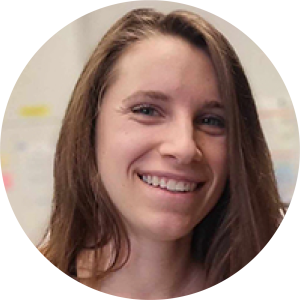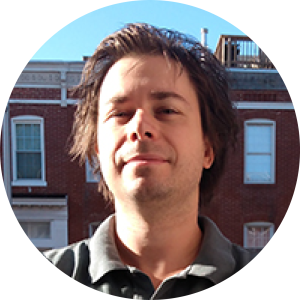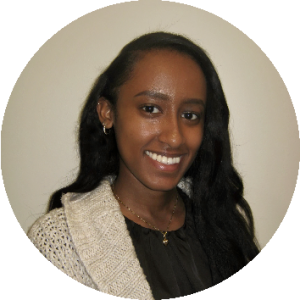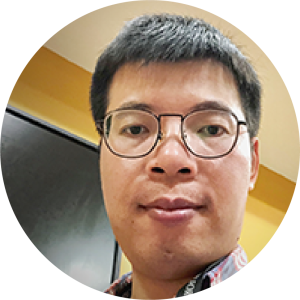MENTOR:
Hepatocytes, polarized epithelial cells of the liver, play a crucial role in maintaining systemic glucose and lipid homeostasis in the face of an ever-changing nutritional environment. Hepatocytes are both incredibly metabolically flexible and also have an efficient intracellular trafficking system that allows them to transport cargo across several apical and basolateral domains with high fidelity. Due to this necessity for efficient endocytosis and secretion, the family of Rab GTPases, principal regulators of the intracellular trafficking network, play a particularly important role in hepatocytes. However, despite their importance in vesicle trafficking, the physiological roles of many Rabs in animals have yet to be characterized. Using a combination of mouse models and cell culture studies, my thesis work has defined the role for the Golgi-localized family member Rab30 in liver physiology during fasting. I have uncovered that Rab30 expression is specifically induced by fasting and not by other dietary interventions in the mouse liver. Fasting-induced Rab30 expression is regulated by a master transcriptional regulator of lipid metabolism in the liver called Pparα. Additionally, Rab30 expression is further amplified in liver-specific carnitine palmitoyltransferase 2 knockout mice (Cpt2
L-/-) that lack the ability to oxidize fatty acids and have fasting-induced hepatic steatosis, serum dyslipidemia and a hyper-induction of Pparα transcriptional activity, leading us to the hypothesis that Rab30 contributes to lipid homeostasis. Live-cell super-resolution imaging and biochemical
in vivo proximity labeling demonstrate that Rab30-marked vesicles are highly dynamic and interact with proteins at the Golgi apparatus and throughout the secretory pathway. While analysis of liver-specific knockouts of Rab30 reveals its dispensability in the fasting response, analysis of Rab30;Cpt2 double knockout mice, which have a potentiated Pparα response and enable us to amplify the effect of loss of Rab30 in the liver, reveals a retention of proteins within the livers of fasted mice, a reversal of serum dyslipidemia observed in Cpt2
L-/- mice, and a corresponding decrease in serum apolipoprotein A4 levels. Together, these data suggest a role for Rab30 in the sorting of secreted proteins and lipoproteins to influence hepatic and circulating triglyceride levels during fasting, particularly during times of excessive lipid burden.



























